Exact Answer: Up To 38 Minutes
CPR, or Cardiopulmonary Resuscitation, is a medical First-Aid which helps save lives of people even after the heart stops beating. The CPR, if done immediately after the heart stops beating, can save lives and can give twice the chances of survival.
CPR essentially keeps the blood flow active which increases the chances of survival of the patient. The technique is used in many medical emergencies like near-drowning experiences or even a heart attack. It is mainly used when the person in question is not breathing anymore or the heartbeats have stopped.
The healthcare professionals recommend that the bystanders should start the CPR with chest compressions rather than doing nothing as it could save the life.
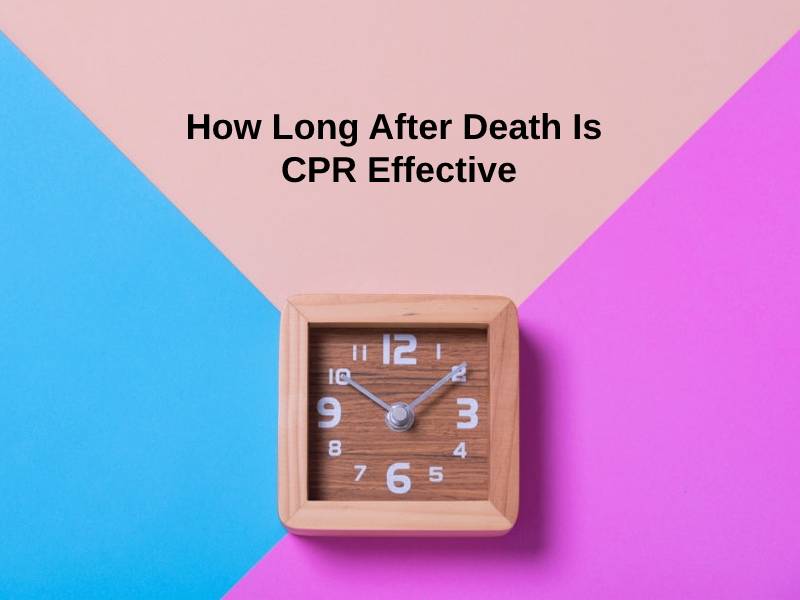
How Long After Death Is CPR Effective?
CPR is used when a person stops breathing or the heart stops beating. This kind of situation is when a person is going through a cardiac arrest. In this situation, the heart stops pumping blood to the organs like brain of the body.
The CPR essentially has the doctor performing chest compressions on the patient, which mimics the heartbeat to an extent and helps the blood to circulate through the body, reaching the lungs and brain. This gives the person a chance at survival as the body had not died yet.
A cardiac arrest is not necessarily the same as a heart attack. While the heart attack blocks the flow of blood and the person is still breathing, a cardiac arrest has the person not breathing anyone while the blood could still be pumped through the body by using Cardiopulmonary resuscitation or CPR.
A person need not be a health professional to deliver basic CPR, the basics are to dial the emergency ambulance number and if not properly trained, the person should push the chest of the patient with approximately 100 to 120 pushes per minute.
If not trained in professional CPR, the person should only provide chest compressions, 100 to 120 compressions per minute till the ambulance arrives. If the person is trained, they should give chest compressions while checking the breathing for up to 30 minutes. However, if trained but the person is not confident in their abilities, they should give chest compressions and wait for the paramedics. The CPR chest compressions could not be performed on infants below the age of four weeks old.
| Type of Person In Charge | The Steps To Follow |
| Untrained | 100 To 120 Compressions Per Minute |
| Trained | 100 To 120 Compressions, Deliver Breathing |
| Trained But Not Confident | 100 To 120 Compressions Per Minute |
Why Is CPR Effective Up To 30 Minutes After Death?
CPR or Cardiopulmonary Resuscitation is used to help the oxygenated blood flowing in the body to the organs till a better medical option is secured to keep the heart beating. CPR is a First-Aid measure when someone goes in a cardiac arrest, wherein the patient stops breathing or the heart stops beating, and pumping blood to the organs like lungs and brain of the body, which is necessary for survival.
Without CPR, the lack of blood circulation can cause damage to the brain and the patient can die within 10 minutes. The point to take notice before starting a CPR is if the person is conscious or unconscious, the emergency ambulance number should be dialed immediately.
The recommended steps to follow for CPR are C-A-B, which is Compressions, Airway, Breathing. The first step is to provide the patient with chest compressions to restore the flow of blood in the body so that the risk of brain damage is reduced. The person should provide 100 to 120 chest compressions every minute.
However, if the compressions do not work on the patient and the person in charge is trained in CPR, they should move to the second step “Airways.” They should tilt the head upwards and lift the chin to open the airway passage. Next, the person should deliver mouth-to-mouth breathing or mouth-to-nose breathing whichever would be more useful at the moment.
The reason why the CPR could be done up to as long as 38 minutes is that it helps to keep the brain active, through which the body could be kept alive until further medical assistance is provided, which gives the patient twice the chance of survival.
Conclusion
CPR stands for Cardiopulmonary Resuscitation, which is a First-Aid measure for when a person stops breathing or the heart does not pump the blood anymore to the other organs of the body. This situation is called a cardiac arrest. CPR is provided by giving the person chest compressions, which imitates the heart pumping blood, and eventually keeps the brain and the lungs active until further medical help. A CPR is suggested to go with the method of C-A-B which stands for Compressions, Airway, and Breathing. A CPR can be delivered up to 38 minutes after the heart stops beating, and if started immediately, it can increase the survival rate by twice.

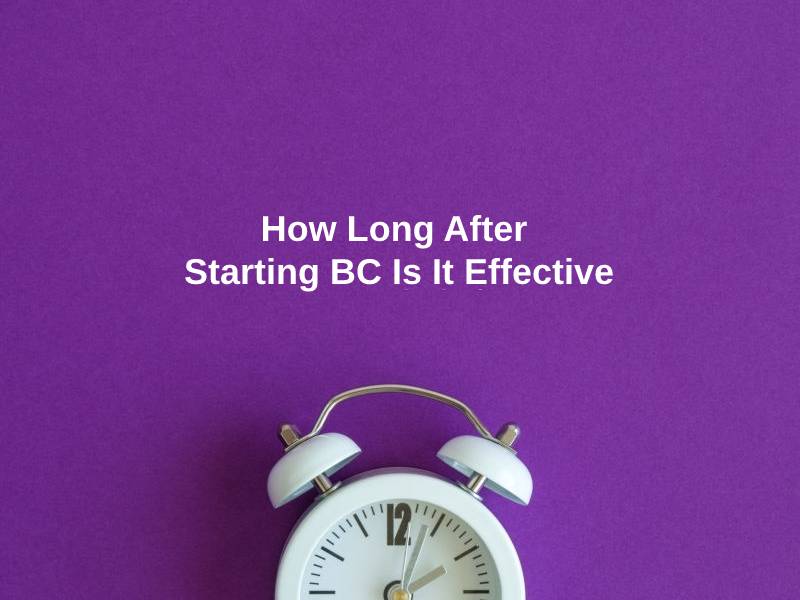
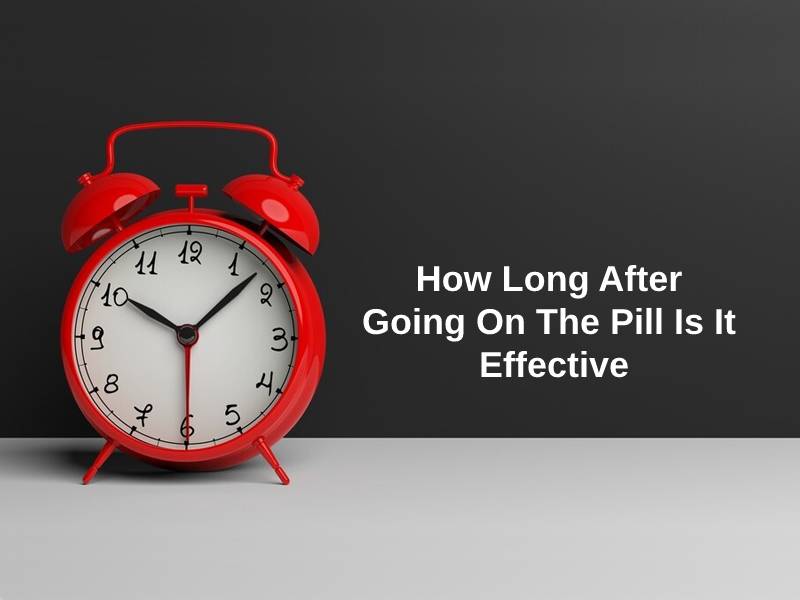




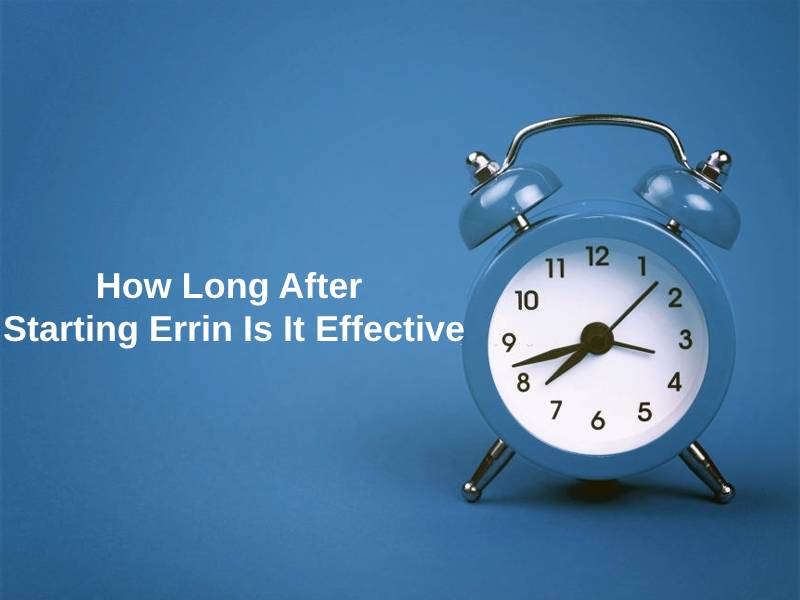

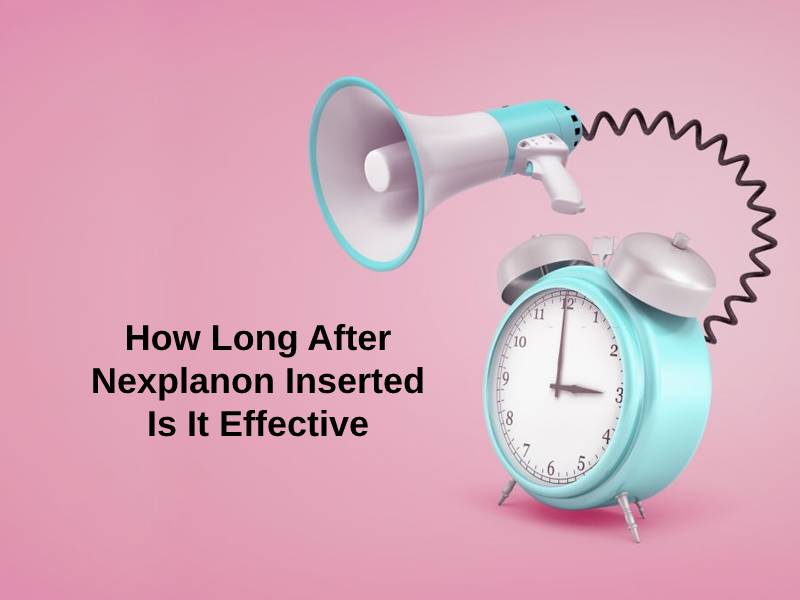
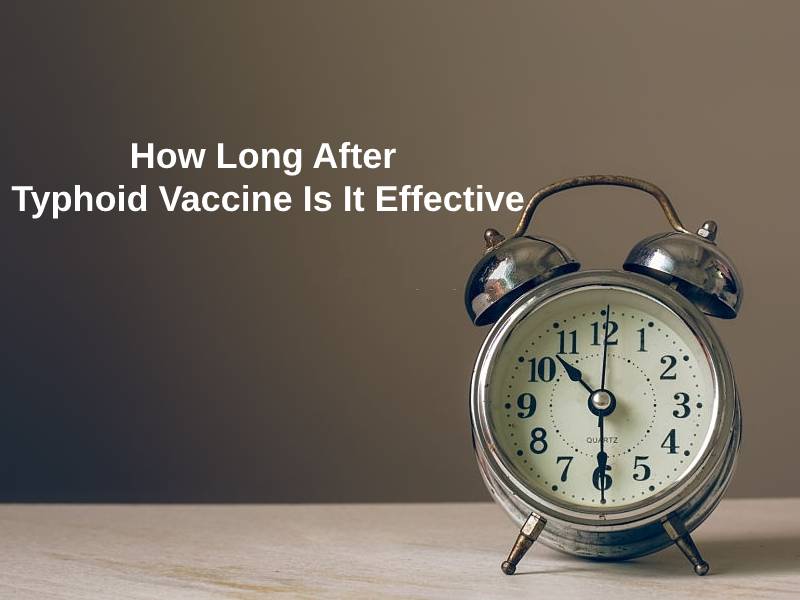
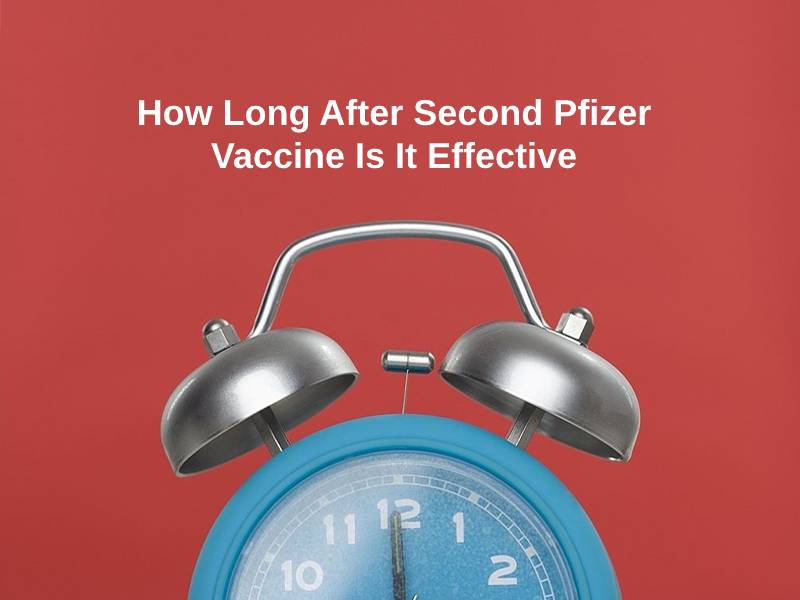
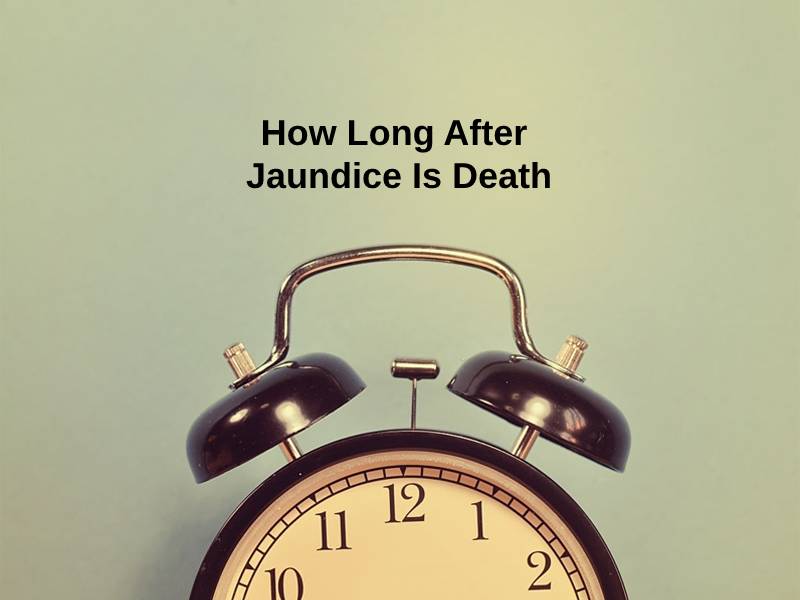
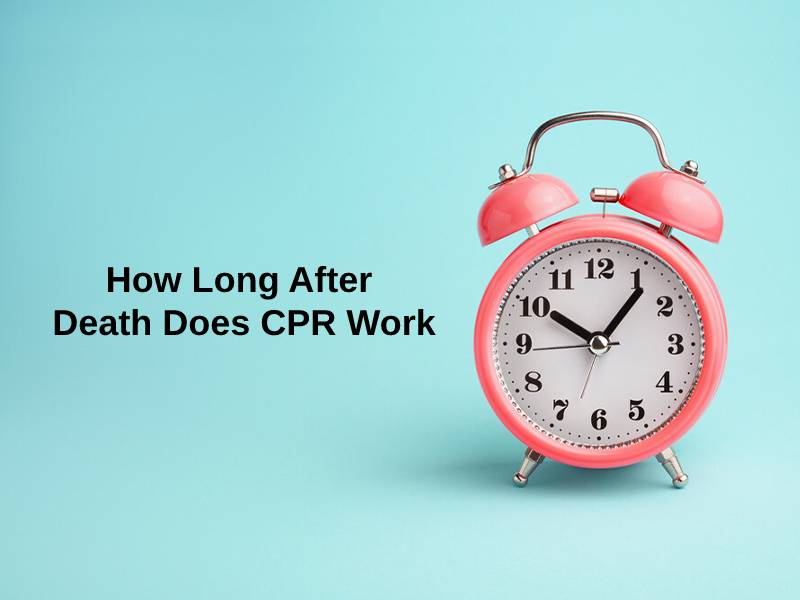
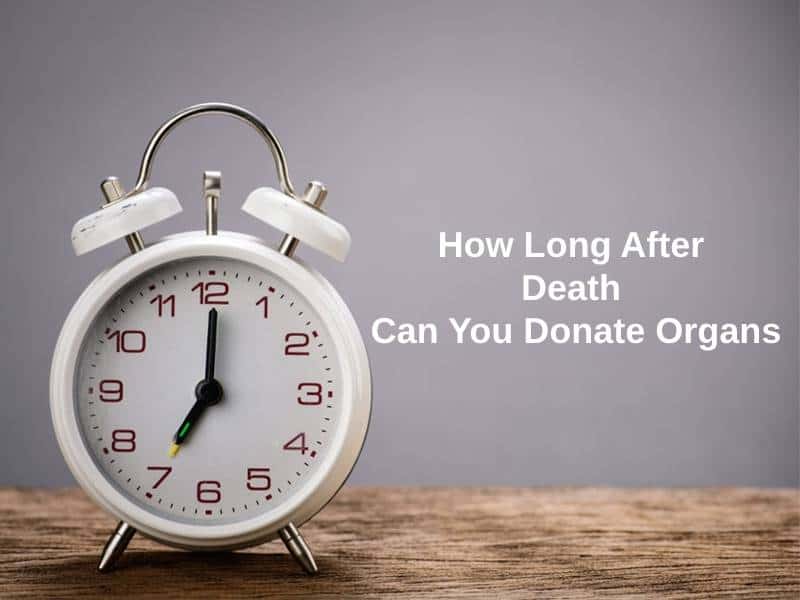

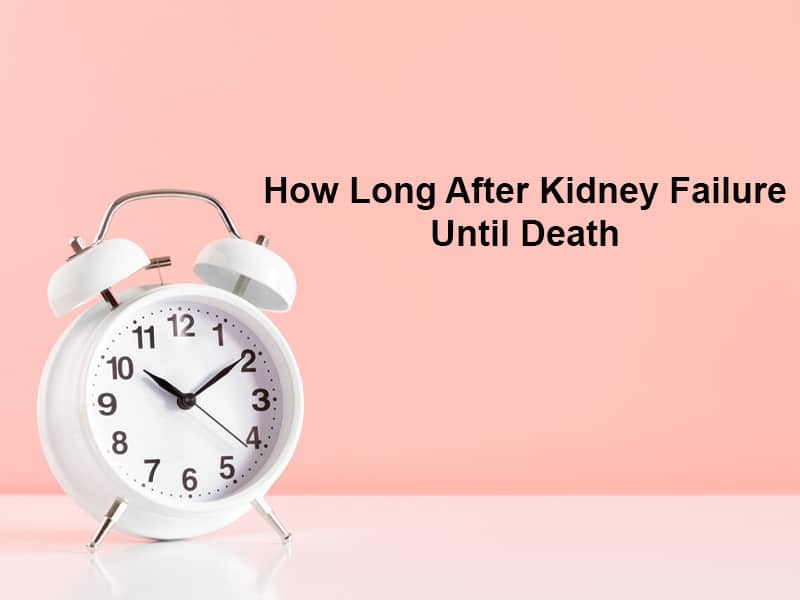

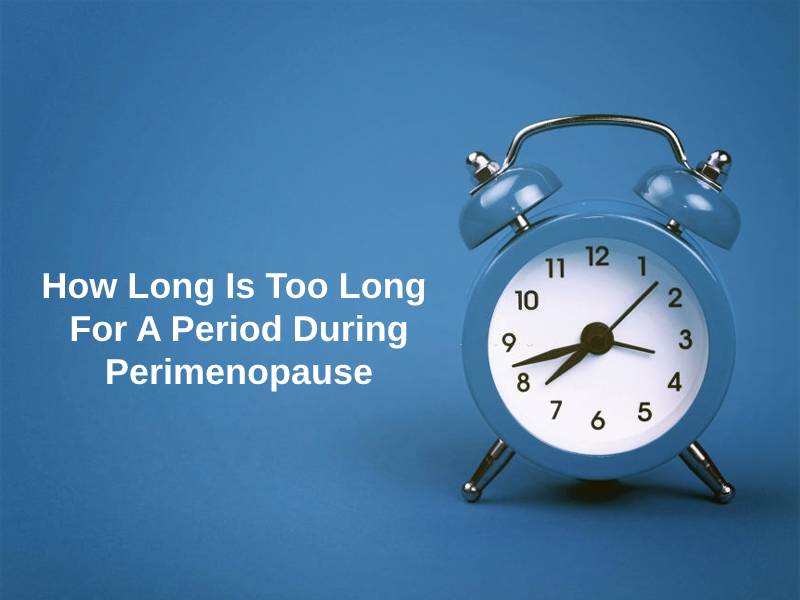


This is a very informative article on CPR. It is crucial to have this knowledge to potentially save a life in an emergency situation.
Absolutely, I couldn’t agree more. Learning how to perform CPR could truly make a difference in a life or death situation.